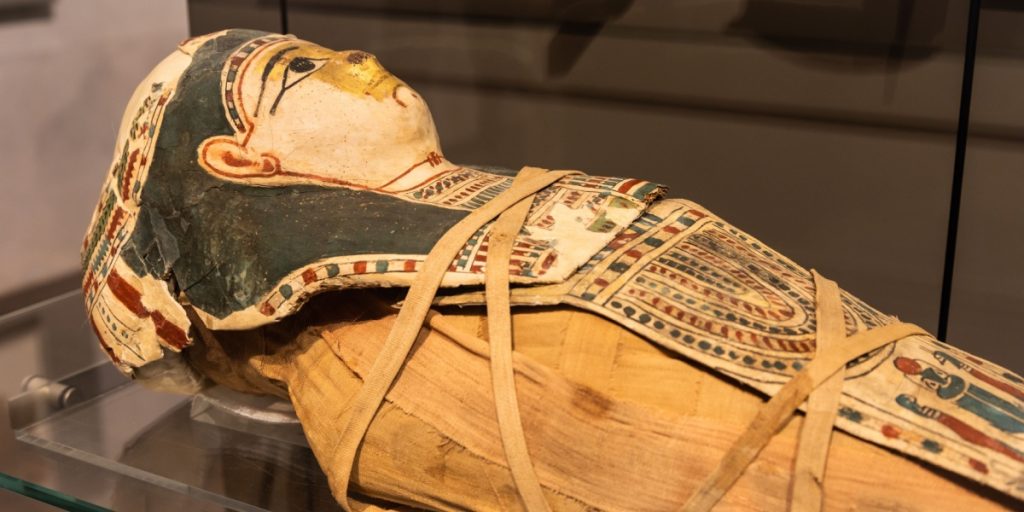Scientists have uncovered new details about the life and death of the “Screaming Woman” mummy.
Others are reading now
Discovered in 1881 in a tomb in the Deir el-Bahari valley of Western Thebes, the “Screaming Woman” mummy has long intrigued scientists and archaeologists.
Her identity is unknown, but her contorted facial expression, which seems to depict agony or terror, has led to much speculation about her final moments.
Recent research has provided new insights into her life and the possible cause of her death, offering a glimpse into the mysterious world of ancient Egyptian burial rituals.
Also read
Radiologist Sahar Saleem of Cairo University and anthropologist Samia El-Merghani from the Egyptian Ministry of Tourism and Antiquities have used CT scans and detailed lab tests to study the “Screaming Mummy.”
Their findings challenge earlier theories that the mummy’s dramatic expression was the result of a botched mummification process.
Instead, they suggest that the woman, who died around the age of 48, may have experienced intense pain or fear before her death.
Their analysis revealed that the mummy’s internal organs were intact—an unusual discovery, as most mummies from that period had their organs removed during mummification.
Her body had been treated with expensive substances like juniper and incense, and her hair was dyed with juniper and henna.
You can see a picture of the mummy here.
Possible Cause of Death
The researchers propose that the woman’s contorted facial expression could be the result of a rare phenomenon known as cadaveric spasm.
This condition occurs when a person dies in a state of extreme physical or emotional stress, causing their muscles to freeze in the position they were in at the moment of death.
This could explain why the mummy’s mouth is open in what appears to be a scream.
“We suggested that the reason for the open mouth could have been a painful death or emotional stress and that the spasms of the corpse caused her face to freeze with that expression at the moment of death,” Saleem told Reuters.
She further explained that the embalmers may have been unable to close the mouth before mummification, leading to the preservation of this haunting expression.
While the exact cause of death may never be known, these findings offer a new perspective on the complex rituals and beliefs of ancient Egyptians.


